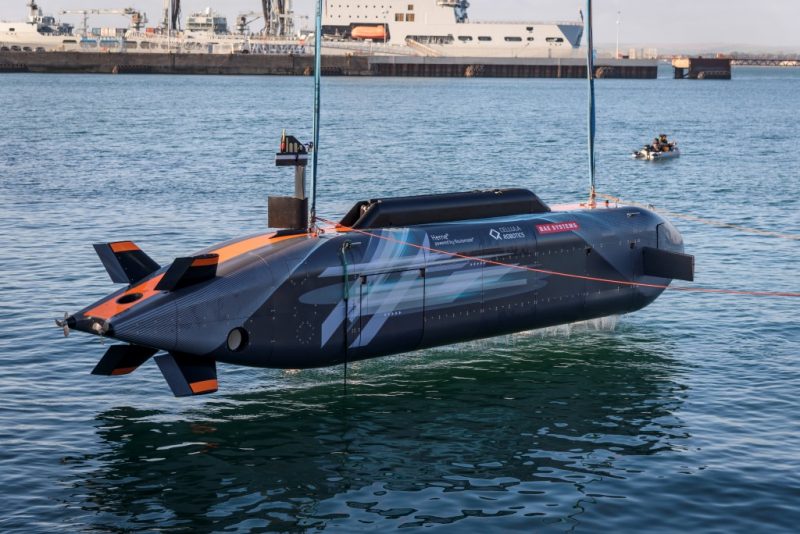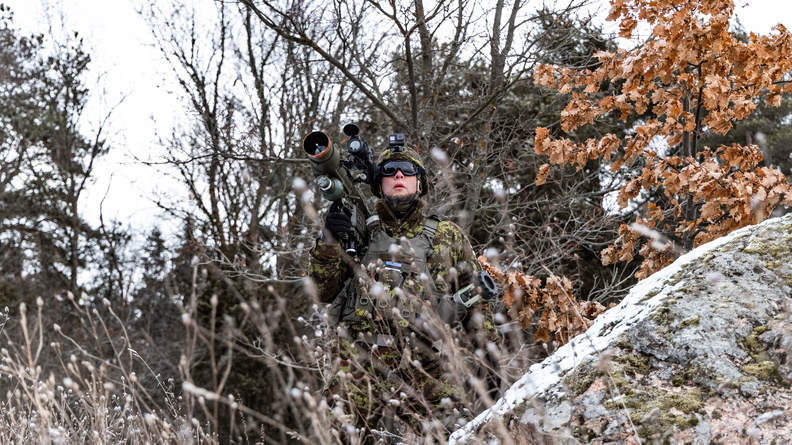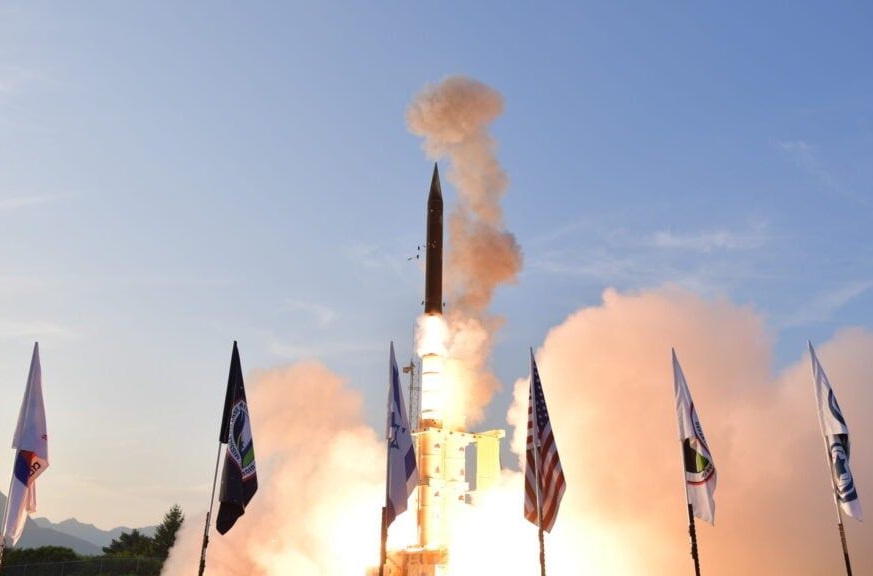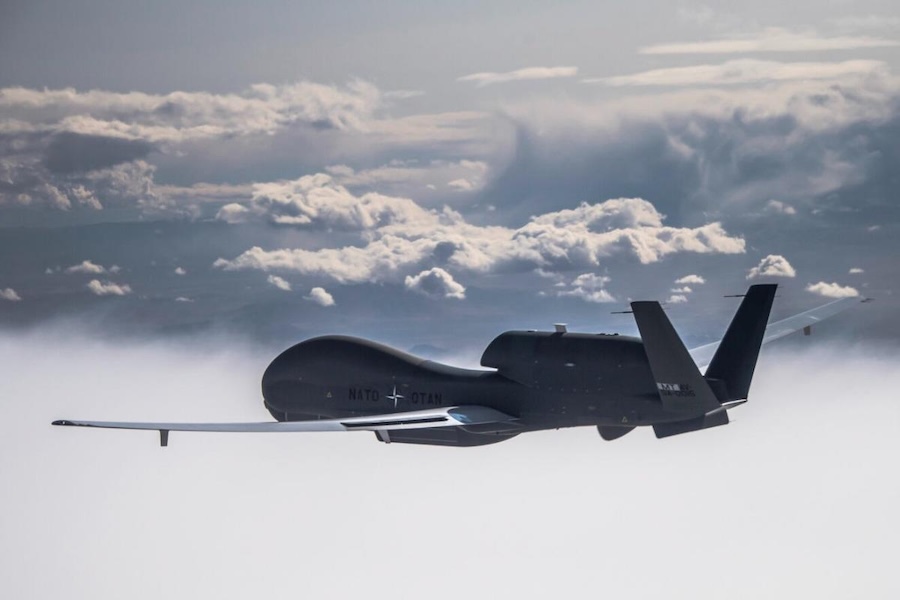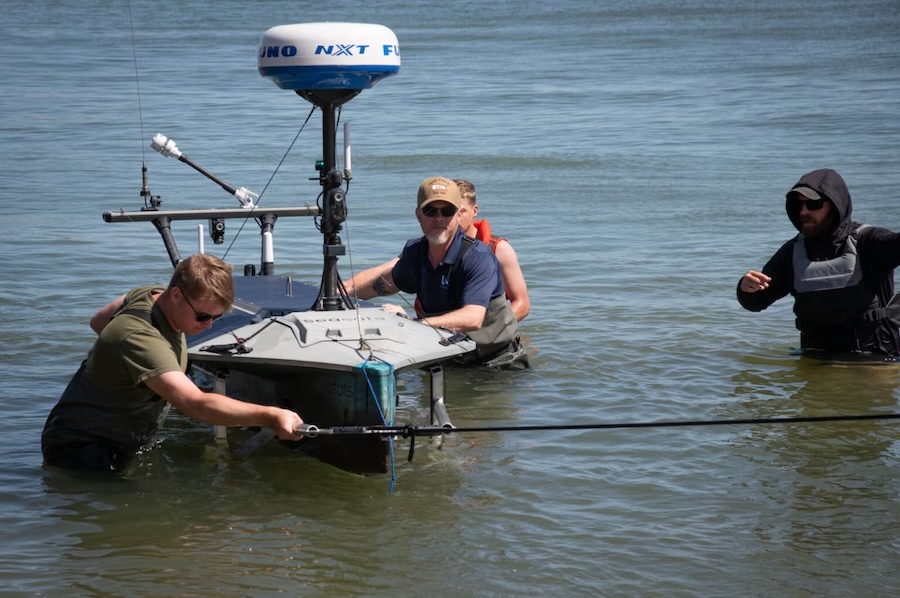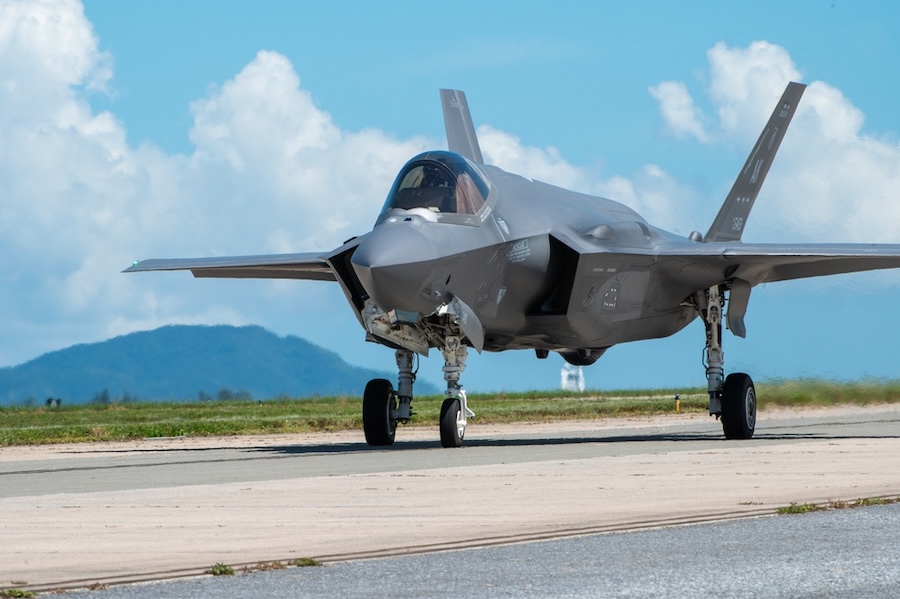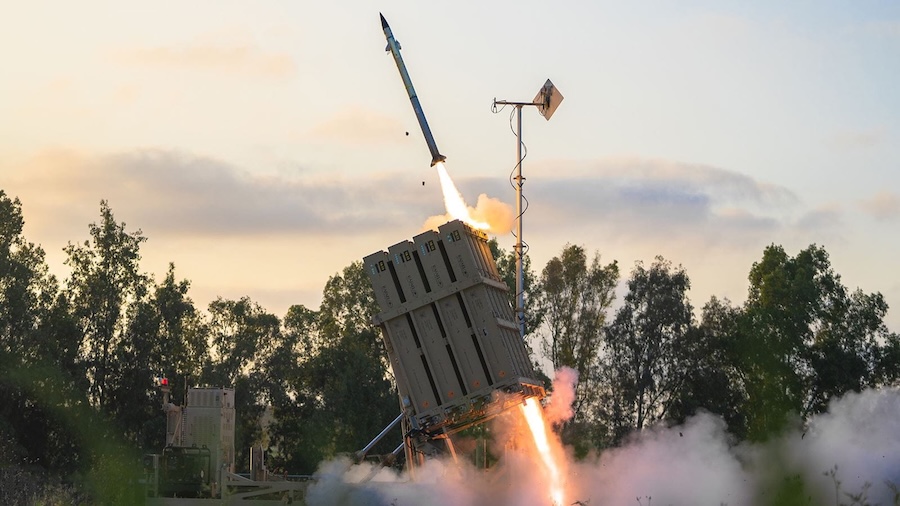Herne, classified as an extra-large autonomous underwater vehicle (XLAUV), is designed to perform a range of military tasks. These include protecting underwater infrastructure, supporting anti-submarine warfare, and conducting covert surveillance missions across vast seabed areas.
The recent trials involved a pre-programmed intelligence, surveillance, and reconnaissance mission. Herne was powered by BAE Systems’ cutting-edge Nautomate control system, which had earlier proven its capabilities during surface vessel trials this year.
“Herne is a game changer in the underwater battlespace,” said Scott Jamieson, Managing Director of BAE Systems’ Maritime Services business. “It will give our customers a cost-effective autonomous capability that will allow for a wide range of missions, end the reliance on crewed platforms, keeping people out of harm’s way and boosting endurance.”
The Nautomate system can be integrated into both existing and newly built vessels, enabling operators to enhance their autonomous capabilities. By removing the need for human crews, it allows for extended missions in challenging environments while freeing skilled personnel to focus on high-value tasks.
One of Herne’s key advantages is its extended endurance, as it doesn’t require resupply or life-support systems. Additionally, its open architecture design enables upgrades as new technologies and operational approaches emerge, ensuring its adaptability for future needs.
BAE Systems developed Herne in collaboration with Canadian company Cellula Robotics. The partnership achieved a demonstrator model in just 11 months, moving the project from concept to successful trials at remarkable speed.
Source: BAE Systems.


